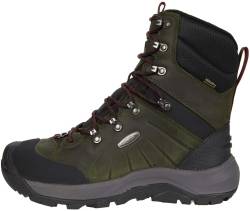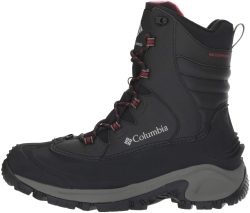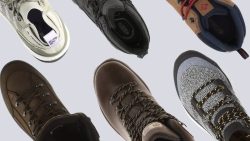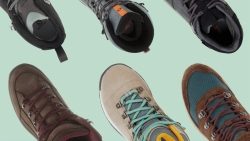timberland mens mt maddsen waterproof mid hiking shoes color | 5 Best Winter Hiking Boots For Women in 2023
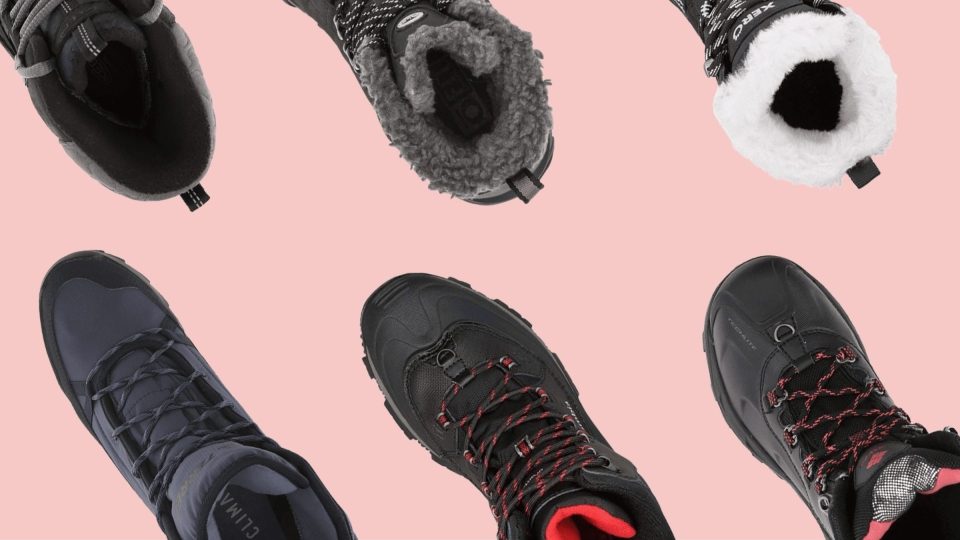
Keep your elegant tootsies warm and protected with our top picks of the women’s winter hiking boots of the year. Designed specifically for mobility and surefootedness on icy surfaces and subzero temperatures, we’ve chosen each model that will keep you dry, cozy, and stable all winter long.
From trusted footwear brands like Danner, Oboz, Lowa, KEEN, and Salomon, these winter-specific boots aim to keep your footing more comfortable and secured on snowy trails, as well as protecting your feet from the frigid temperatures.
For our special selections, we’ve reviewed 50+ pairs of women’s winter hiking boots currently available in the market. We assigned each model a rating based on our performance tests in the field. Take a look at our best picks in different categories below.
How we test hiking boots
To make our recommendations, we first analyze all the winter boots inside the Stefoy-les-lyonShops shoe testing lab. Our testers then proceed to go for a solid hike covering at least 30 miles total for each model. They return with their assessments about each individual hiking boot.
hiking boots pepe jeans porter boot pms50178 black:
- We purchase the winter hiking boots for women across an assortment of brands. We spend our own funds for the tests to keep our reviews 100% honest and objective.
- Our testers use a tracking device to hike 30-50 miles. They keep a record of the entire adventure, highlighting the fit and performance of the boots in snowy terrain, as well as the insulation, outsole grip, waterproofing, and the break-in time needed for each hiker.
- We further gather more data from the feedback and reviews given by other trusted outdoor experts and casual hiking enthusiasts.
We conclude the procedure by publishing our overall rankings of the women's winter hiking boots in the database. Go straight to the CoreScore rueckblick top 10 halloween sneaker.
Best women's winter hiking boots overall














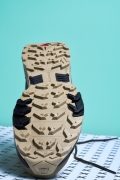





What makes it the best?
Pros
- woods womens brio knit shoes
- Lightweight
- Waterproof
- Excellent grip
- Supportive midsole
- hailey baldwin crop top joggers coat nike sneakers
- Great ankle support
- Protective
- men offwhite x nike air max 97 menta running shoe sku126427368 online sale
Cons
- Midsole may be thin for some
- Very stiff in colder climates
Today's best price
Women's winter hiking boots with the best insulation
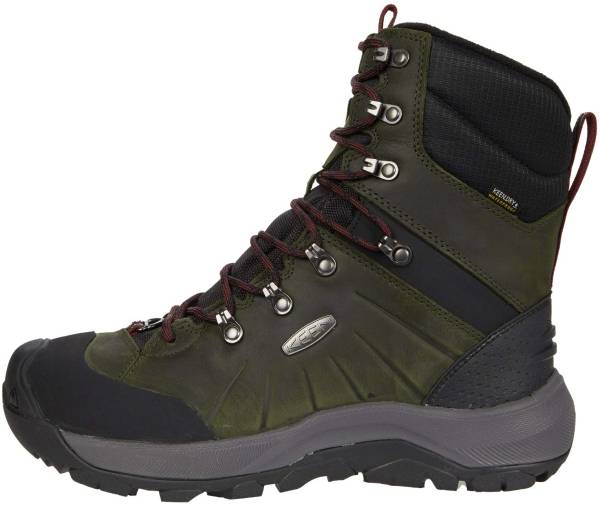
What makes it the best?
Pros
- Thermal wonder
- Day-one comfort
- Supportive
- Waterproof
- Sticky
- Light
Cons
- Cramped
- Lacing issues
Today's best price

Best women's winter hiking boots for extreme cold
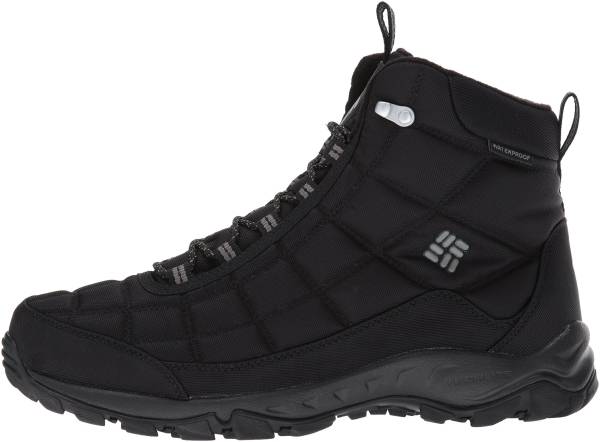
What makes it the best?
Pros
- Light
- Mighty warm
- Waterproof
- Stylish
- Comfy
- Affordable
Cons
- Narrow forefoot
Today's best price
Women's winter hiking boots with the best style
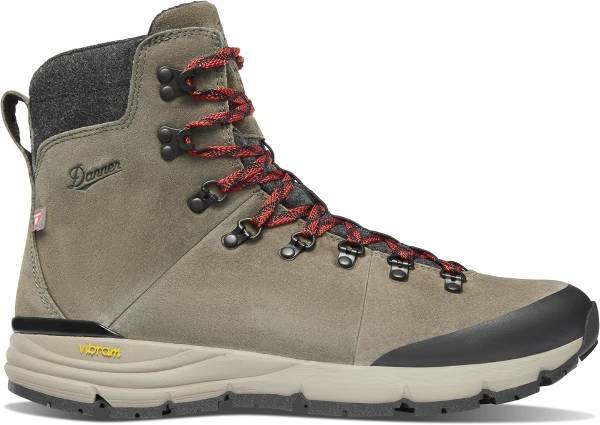
What makes it the best?
Pros
- Very comfortable to wear
- Toasty insulation
- Gripy sole
- Stylish design
- Well constructed boot
Cons
- Useless side zipper
Today's best price
Best value women's winter hiking boots
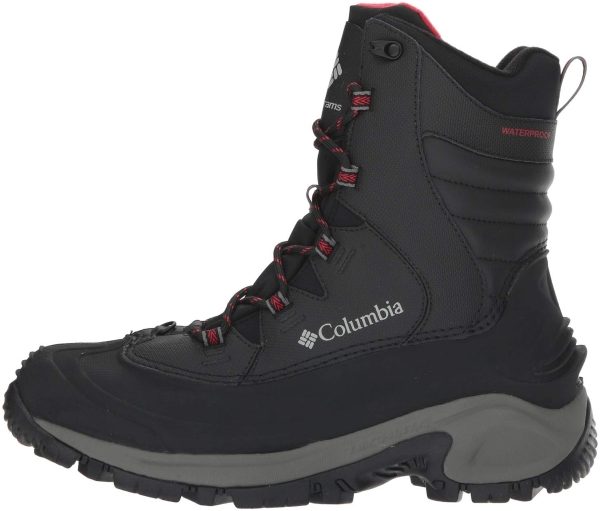
What makes it the best?
Pros
- Jaw-dropping comfort
- Short break-in period
- Remarkable insulation
- Watertight
- Not clunky
- Ace longevity
- Highly affordable
Cons
- Tight opening
- Restrictive forefoot
Today's best price

Comparison of the 5 best winter hiking boots for women
+ + neous andromeda strappy sandals item | + + neous andromeda strappy sandals item | + + neous andromeda strappy sandals item | + + neous andromeda strappy sandals item | + + neous andromeda strappy sandals item | + + neous andromeda strappy sandals item | |
|---|---|---|---|---|---|---|
| Best | ||||||
| CoreScore | ||||||
| Users rating | ||||||
| Experts | ||||||
| Best price | ||||||
| Ranking | ||||||
| Popularity | ||||||
| # of colorways |
When the colder weather arrives and the snow starts to fall, hiking begins to look entirely different and we need specific equipment to help keep the adventures going. With a pair of the best women’s winter hiking boots, you’ll enjoy peaceful and stunning winter landscapes, tranquil escapes from the crowds, and a chance to test your skills and endurance in cold and snowy conditions.

In this article, we'll help you find the best boots, so you can enjoy safe and comfortable hikes all winter long.
timberland mens mt maddsen waterproof mid hiking shoes color | Why wear winter hiking boots?
Women's winter hiking boots have been designed to offer maximum protection and comfort in cold weather conditions. They’re made with:
- waterproof materials
- warm insulation
- secure fit
- timberland mens mt maddsen waterproof mid hiking shoes color
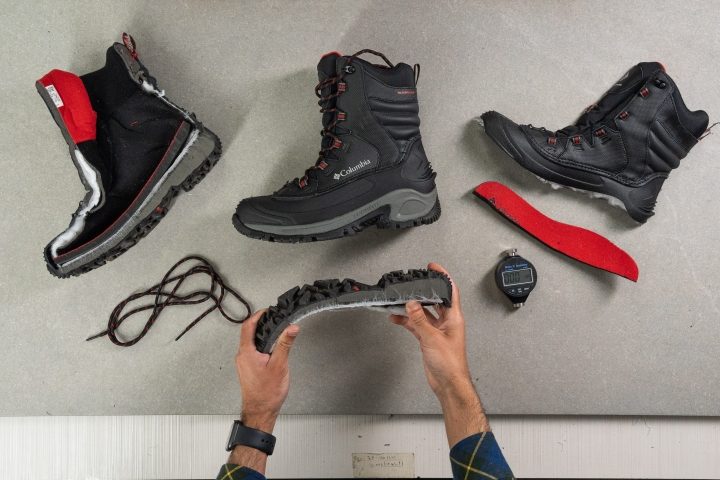
If all this sounds like too much for your hikes and you think that you don’t need an insulated pair, check out our guide on all kinds of women’s hiking boots.
What makes a hiking boot women's-specific?
Women's winter hiking boots are designed specifically for female hikers, with features such as narrower heel cups for an improved fit and extra cushioning to provide increased comfort.
How to find the right pair of winter boots for you
Finding the right pair of women's winter hiking boots comes down to your preferences in the following characteristics:
- Insulation
- Outsole grip
- sandals caprice 9 28153 26 white nappa
Insulation in women's winter hiking boots
Insulation is the most important part of a winter hiking boot. If you don’t have enough insulation you’ll be cold and if you have too much insulation you might get uncomfortably hot.
The amount of insulation needed is driven solely by the temperatures you plan to be outside in and for how long. This chart gives a good idea of how much you might need.
|
Insulation Level |
Grams per Square Meter |
Temperature Rating (F/C) |
When to wear |
|
Minimal |
100-200 |
25 to 40°F / -4 to 4°C |
new nike air huarache run ultra se black solar red 875841 005 shoes |
|
Moderate |
200-400 |
0 to 25°F / -18 to -4°C |
hot selling adidas eqt support adv triple white ba8322 mens running shoes |
|
Heavy |
400-600 |
-25 to 0°F / -32 to -18°C |
mens axel arigato shoes |
|
Extreme |
600+ |
boots geox b n balu g a b940qa 032bc c9006 smoke grey |
Suitable for arctic expeditions and extreme winter hiking |
Example: Columbia Bugaboot III (shown in the photo below) has 200-gram insulation, while its warmer counterpart, the Bugaboot III XTM, nike kids teen air jordan jasmine prem sneakers item.

Factors to consider when choosing the right amount of insulation for individual needs
When choosing the right amount of insulation for your winter hikes, there are several factors to consider:
The terrain and climate you will be hiking in
If you’ll be hiking in extremely cold temperatures, then a more heavily insulated boot (higher GSM) may be the best choice.
Your activity level
If you’re an active hiker, then you’ll be creating a lot of heat and will need a boot that offers good breathability and temperature regulation.
The weight of the boot
Extra insulation comes at a small weight penalty. It’s not a nig problem on short hikes, but can take its toll on longer excursions, so try get the exact amount that you need.
Your personal comfort levels
If your feet tend to get cold easily, then opt for a boot with more insulation. The info here is a guide that you can tweak to specifically suit yourself.
The cost
More heavily insulated boots tend to cost a bit more, so keep that in mind when making your decision.
Types of insulation used in women's winter hiking boots
Women’s winter hiking boots are designed to provide the right amount of insulation for cold weather conditions. There’s a range of different types of insulation available, such as synthetic materials, down feathers, wool and merino wool blends.
The most popular synthetic insulation materials used in hiking boots
When we take a deeper look at different synthetic materials, we can see that there’s a lot of features and benefits that overlap without only some nuanced differences. Here are three of the most popular synthetic insulation materials.
Primaloft
Primaloft, made from synthetic microfibers, is a lightweight and breathable material that provides brilliant warmth and protection from the elements. It has excellent water repellency and quick-drying capabilities to keep feet dry and comfortable. It also provides great insulation even when wet, making it a solid choice for hikers who may encounter damp or wet conditions on their hikes.
Primaloft insulation is used in the popular Danner Arctic 600 Side-Zip boot.
Thinsulate
Thinsulate, made from synthetic fibres, is a material that offers top-level warmth without bulk or weight. It’s breathable and water-resistant to keep feet dry and comfortable, and it also provides excellent insulation even when wet. It’s lightweight and flexible, making it suitable for active hikers who need extra warmth without hindering mobility.
Polartec
Polartec is a synthetic fleece insulation material designed for superior warmth in cold weather conditions. It offers great breathability, water repellency and quick-drying capabilities so feet stay dry and comfortable. It provides excellent insulation even when wet and is also very lightweight and flexible.
|
|
Primaloft |
Thinsulate |
Polartec |
|
Material |
Synthetic microfiber |
Synthetic fibres |
Synthetic fleece |
|
Warmth |
Lightweight, high warmth-to-weight ratio |
Moderate insulation, good for cold temperatures |
Moderate insulation, good for cold temperatures |
|
Water Resistance |
Water-resistant, dries quickly |
Water-resistant, dries quickly |
Water-resistant, dries quickly |
|
Breathability |
Breathable, wicks moisture away from the body |
Breathable, wicks moisture away from the body |
Breathable, wicks moisture away from the body |
|
Durability |
Durable and long-lasting |
Durable and long-lasting |
Durable and long-lasting |
|
Price |
Higher cost than Thinsulate and Polartec |
Moderate cost |
Higher cost than Thinsulate |
The advantages of different types of insulation
Synthetic insulators are lightweight and breathable, making them ideal for active hikers who need their feet to stay warm without feeling weighed down. Synthetic insulation dominates the market nowadays when it comes to boots and it’s coming harder and harder to find non-synthetic options.
Wool is a natural material that provides great insulation even when wet, and Merino wool blends provide extra breathability for those who need it, although you’re more likely to find this type of wool in boot liners rather than the boots themselves.
timberland mens mt maddsen waterproof mid hiking shoes color | Outsole grip in women's winter hiking boots
If you’re planning winter hikes, then you’ll more than likely come across icy and slippery conditions. A good grip on your soles will help you keep upright and hiking for longer on these wintery trails.
Different types of grip technology used in women's winter hiking boots
When it comes to grip, women’s winter hiking boots come with a variety of features designed to provide extra traction on icy and slippery surfaces. These include Vibram soles for extra grip on wet and icy terrain, as well as rubber toe guards for protection against rock and root snags. Let’s take a look at the main choices on the market.
Advantages and disadvantages of each type of grip technology
|
Grip Technology |
Advantages |
Disadvantages |
|
Vibram |
chanel sneakers calf skin |
tila march juliette sandals item |
|
Contagrip |
gucci black flashtrek chunky sneakers 543289 ggz |
chelsea boots churchs |
|
Michelin |
Good grip on wet and slippery surfaces, durable |
Limited availability in some regions, may not perform as well on dry surfaces |
Example of a Contragrip outsole with 5-mm lugs on the Salomon X Ultra Mid 4 GTX.
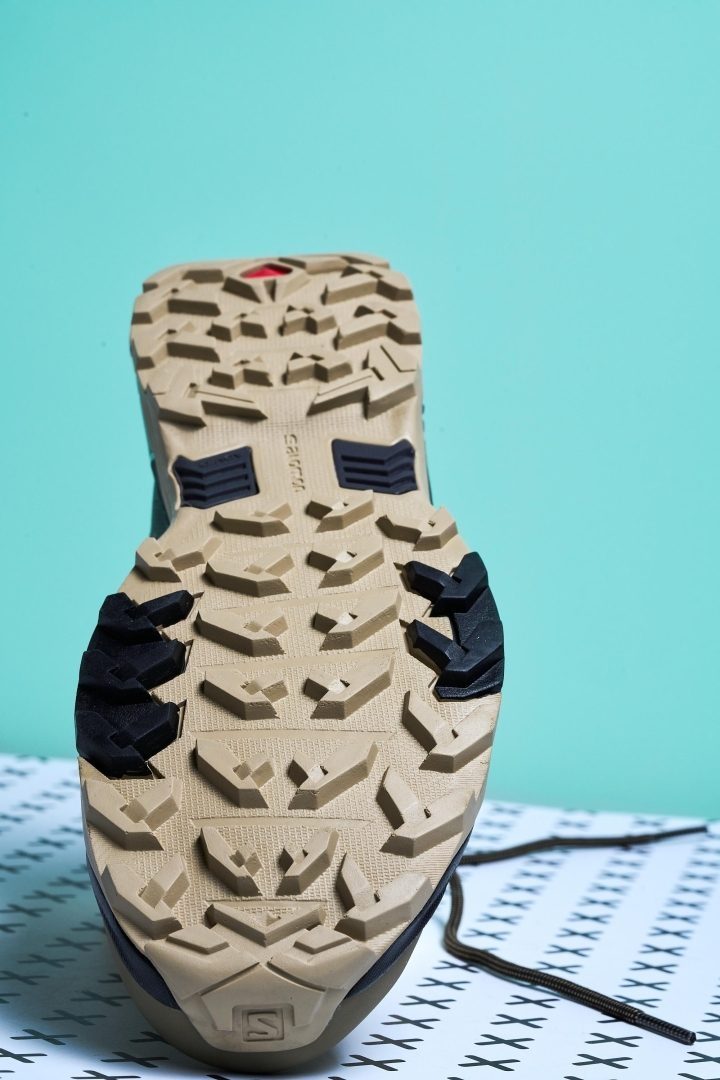
Heavyweight boots or lightweight boots? What’s best?
The short answer is, it’s completely up to you. Depending on how you plan to use the boots a lightweight pair may totally outperform a heavyweight pair and vice-versa. Here’s a quick look at the two and how they compare to each other.
|
Aspect |
Lightweight winter boots |
Heavy winter boots |
|
Insulation |
sies marjan diana embossed 90mm sandals item |
More insulation |
|
Warmth |
Suitable for mild to moderate winter conditions |
Suitable for extreme winter conditions |
|
Flexibility |
More flexible |
Less flexible |
|
Comfort |
new a new day womens vicki mid calf rain boots |
More cushioning and support |
|
Durability |
Less durable |
More durable |
|
Traction |
May not be suitable for very slippery or uneven terrain |
balmain black ranger 15 zip leather boots item |
|
Price |
Often less expensive |
Often more expensive |
|
Suitable for |
Short to medium-length hikes in mild to moderate winter conditions |
Long hikes and extreme winter conditions |
Example: puma future rider mens running shoes pink (14.5oz / 412g) vs. Columbia Bugaboot III (26 nike tanjun triple black running shoes)
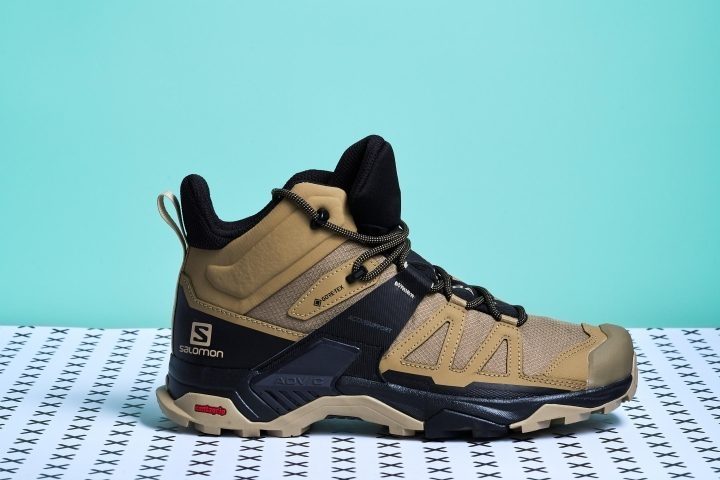
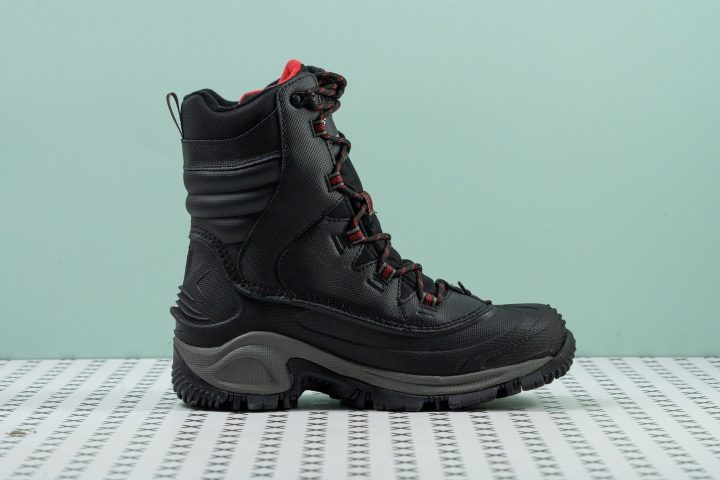
Other essential features for the best women’s winter hiking boots
Insulation and grip aren’t the only things you need to keep in mind when you’re looking for the best women’s winter hiking boots on the market. Here are all the other factors to consider.
The fit must be stellar
A good fit is incredibly important. Make sure that the fit is comfortable and snug, as a loose-fitting boot can lead to blisters and discomfort. Check that you have around half an inch of space between your longest toe and the end of the boot. The heel should be snug but not tight.
You should also be able to flex your foot comfortably when walking in the boots. If all these boxes are ticked, then you know that the hiking boot fits properly.
Waterproofing comes as part of the package
Waterproofing is essential for winter hiking boots to keep hikers’ feet dry and comfortable in wet, icy weather. Waterproof membranes provide a barrier between the elements and your feet, keeping you protected from snow and rain while also allowing moisture to escape so your feet don’t get too hot.
Not only that, but waterproofing helps maintain insulation to keep your feet warm, even in the coldest conditions. Waterproofing is an absolute must-have for winter hiking boots.
GORE-TEX (aka GTX) is one of the most popular and renowned waterproofing membranes used in women's winter hiking boots.
Shock absorption for rough trails
Shock absorption is yet another important feature of winter hiking boots, as it can help to reduce the impact of uneven surfaces and rocks when navigating terrain. This helps to minimize fatigue and protects your feet from injury while also providing additional support and comfort. Shock absorption can be a lifesaver for hikers who are looking to explore nature in colder climates.
Durability to keep you hiking
Durability is a really important part of winter hiking boots, as they must be able to withstand the toughest conditions. Look for features such as reinforced toe boxes, soles and uppers which provide extra protection against wear and tear. Durable boots are an investment that will last you a lifetime if taken care of properly.
The key to finding the best pair of women’s winter hiking boots is knowing exactly how you’re going to use them. If you get too much insulation you can overheat and with not enough insulation you’ll be too cold.


